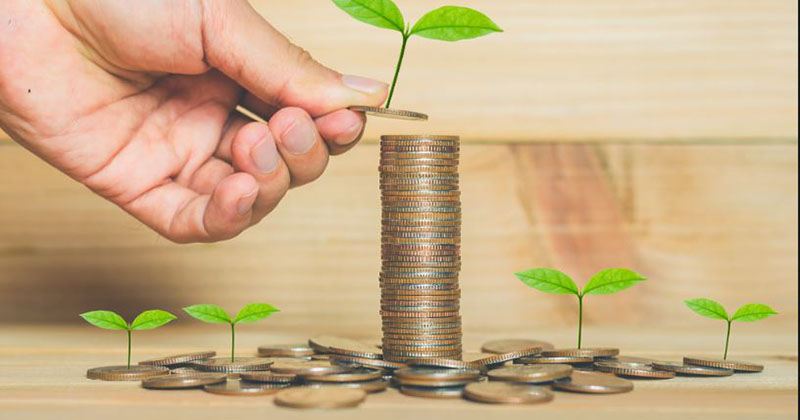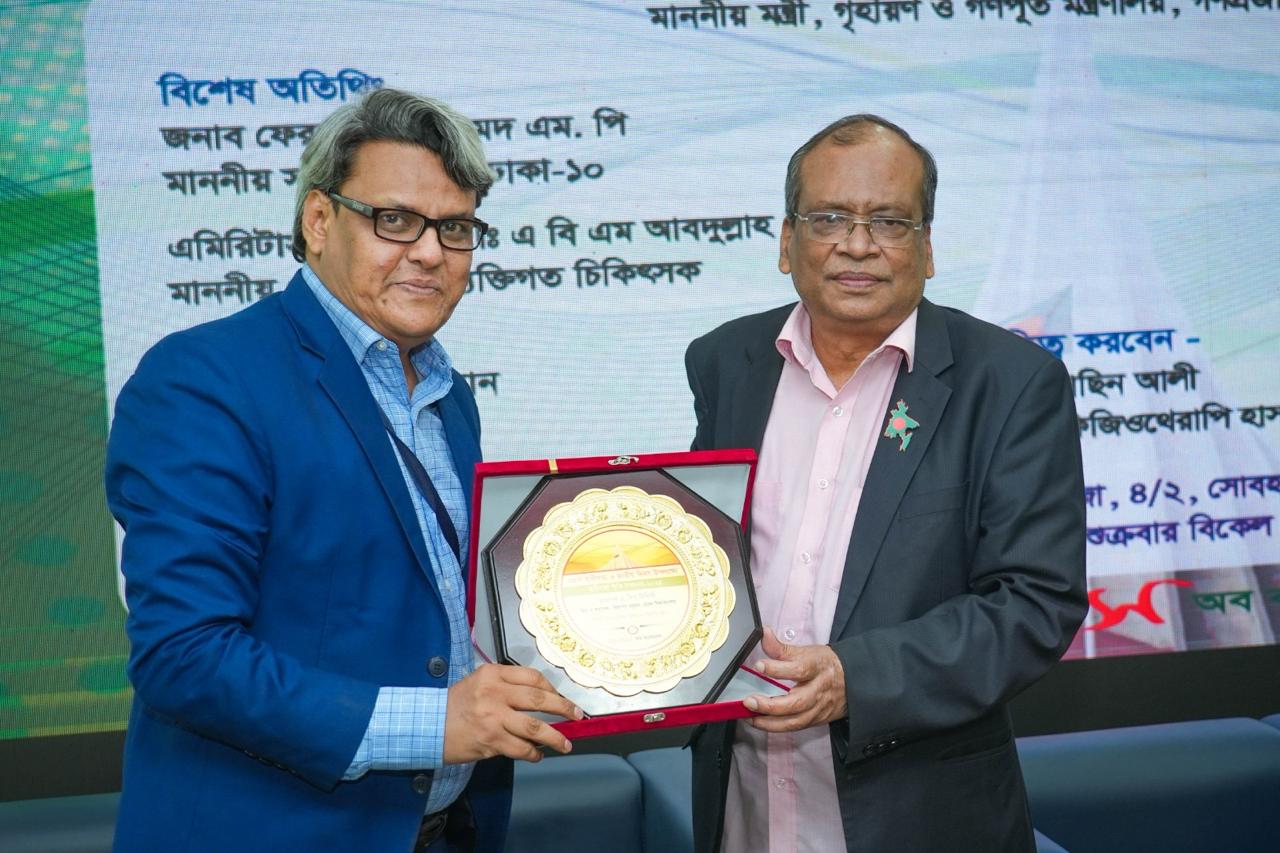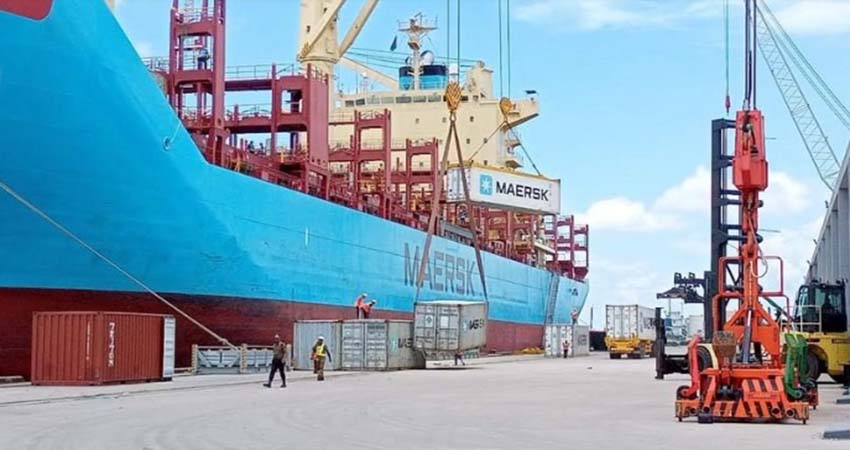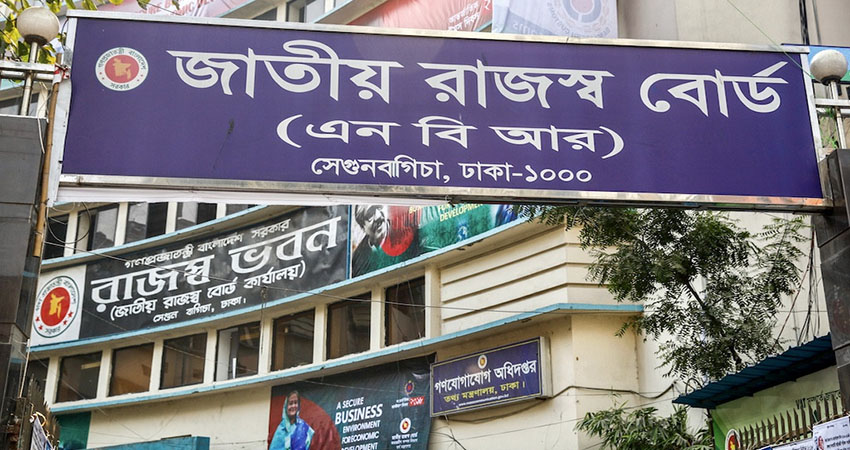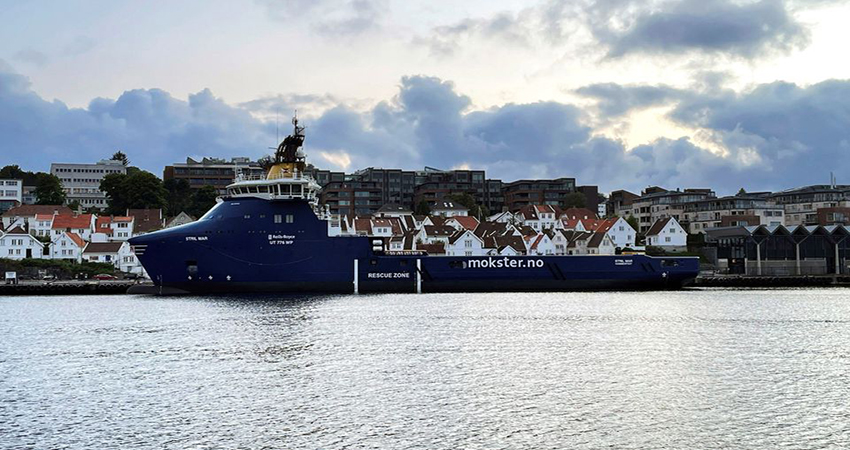Ensuring the balance of the environment is crucial to ensure the sustainable development of an economy. At the heart of our journey from a least developed country to a developing country over the past five decades has been the development of the industry. Especially the labor-intensive manufacturing sector has flourished after independence in 1971 under the leadership of Father of the Nation Bangabandhu Sheikh Mujibur Rahman. Following this, the industrial sector is in a strong position in the economy of the country as guided by the visionary leadership of Prime Minister Sheikh Hasina. The government is working to increase the contribution of the industrial sector to GDP from 35.38 percent to 40 percent, as a part of endeavor of the Government to materialize Vision 2041.
However, while striving hard for rapid economic development of the country, the government has also emphasized on maintaining the balance of the environment. Because, if the climate and the natural environment are endangered, then the economy is also endangered. Imbalances in climate and natural environment and catastrophic natural disasters are taking place as a result of global industrialization and the development of urban civilization. This scenario has forced the countries to adopt remedial measures. And Bangladesh is no exception.
It is difficult to protect the environment without the expansion of green industry in the economy. For this reason, the whole world is now leaning towards green investment and sustainable business. The establishment of eco-friendly green factories is being given worldwide priority to prevent environmental pollution and protect the interests of factory workers.
Green or sustainable banking encompasses all the three foundations of sustainable development, likely economic development, social development and environmental protection.
Bangladesh started its journey in the field of green financing in 2009. After this, Bangladesh Bank has formulated Green Banking Policy Guidelines in 2011 and started Sustainable Finance Department in Bangladesh Bank in 2015.
The policy in its preamble defines the sustainability in the context of financing by the banks and Non-bank financial institutions (NBFI). ‘Sustainability in this context means the quality of not being harmful to the environment or depleting natural resources, and thereby supporting long-term ecological, social balance and governance (ESG)’.
To fulfil this objective, the policy will observe the trends and practices of environment friendly banking, climate financing, carbon financing, green bond, sustainable financing and corporate social responsibilities performed by the banks.
The policy covers about 172-billion-dollar financing in renewable energy, green building, transportation, urban solid waste management, urban water management and agriculture in Bangladesh from 2018 to 2030.
The policy considers promotes green financing of 8 products in renewable energy sector, 3 products of energy and resource efficiency, 1 product alternative energy, 1 product of solid waste management, 6 products of recycling and manufacturing of recyclable goods, 5 products of environment friendly brick production and environment friendly establishments for financing wages or direct labor costs. Financing can be done for liquid and solid waste management project by the government or local government. Green finance will be available for trading of 12 renewable energy products, 4 energy and resource efficiency products and I alternative energy product. 23 eco-friendly products have been given priority for trading in the guideline. The policy also urges the banks and non-bank financial institutions for financing to include technological advancement and featured machineries and technologies in 11 sectors to minimize waste and emissions and recycling of energy and material in the production process.Green Banking Policy Guidelines have allowed term financing for 68 green products, projects and initiatives under 11 categories.
However, few environmentally friendly green initiatives are being financed and invested by the banks and other financial institutions. Though the policy envisions to finance at least 5 per cent of the total financing to be disbursed in the field of green projects, less than one and a half percent of the bank financing is being spent on green projects at present, a report from the Daily Samakal says.
Bangladesh is one of the strongest countries in the world in terms of green financing. Bangladesh is ahead in this sector as compared to many Asian countries including neighboring India, Pakistan and Sri Lanka. A report by Sustainable Banking Network under the International Finance Corporation (IFC) reveals this progress recently.Establishing and operating a green factory has so many benefits. It reduces operating costs and foreign buyers are usually attracted to green products and services. There are incentives from the side of the government as well. At present corporate tax for green garments industries has been reduced to 10 percent.
At present most of the green factories of the country are garments industries. 155 numbers of green garments industries are operating in the country. These factories are doing well even through the ongoing Covid-19 pandemic situation. These factories have achieved internationally recognized Leadership in Energy and Environmental Design (LEED) form the USA. With this number Bangladesh has become the country with the highest number of green garments factories. Of these factories, 48 have received Platinum, 95 Gold, 10 Silver and 4 Certified certificates. Besides, about 500 eco-friendly factories under construction in the country. However, journey of green industrialization should be extended to other promising industries as well. For example, Bangladesh has potential in tannery and leather industry.
Unfortunately, still there is a lack of interest of the industry entrepreneurs about transforming the existing industries into green ones. This scenario is more striking in the non-garments industries. Competent industry owners working in other industries should actively consider to transform their factories and banks (including non-banking financial institutions) should actively consider these factories also. Green projects, which are getting financial support, should be monitored and evaluated properly to ensure that the ‘green’ values is properly maintained.
In the context of achieving SDGs by 2030 and reaching the dream of an industrial and developed country by 2041 we have no choice but to strengthen the process green transformation in the industrial sector. We just hope a concerted effort of all the stake holders in this regard.
Writer: Senior Information Officer

